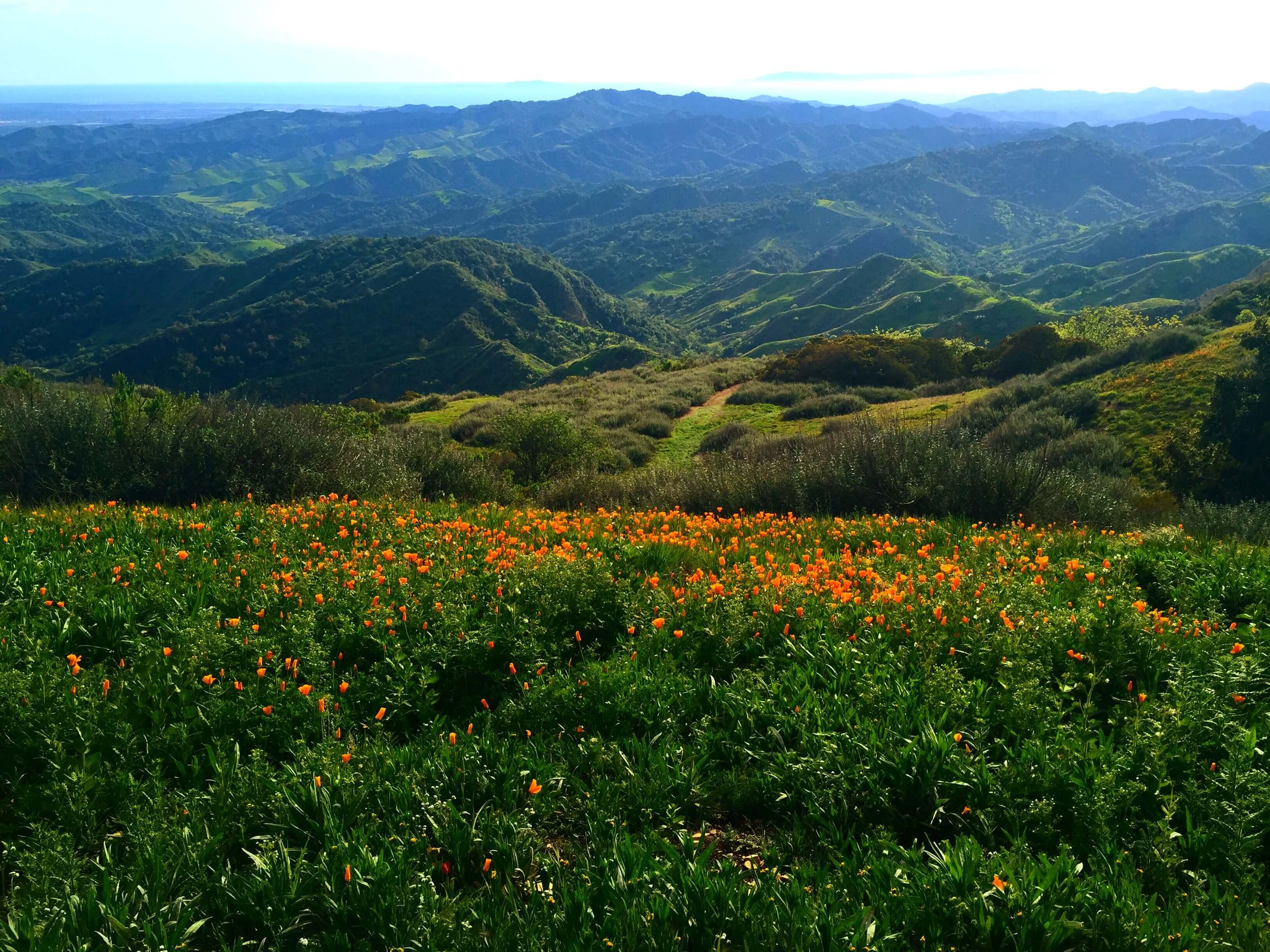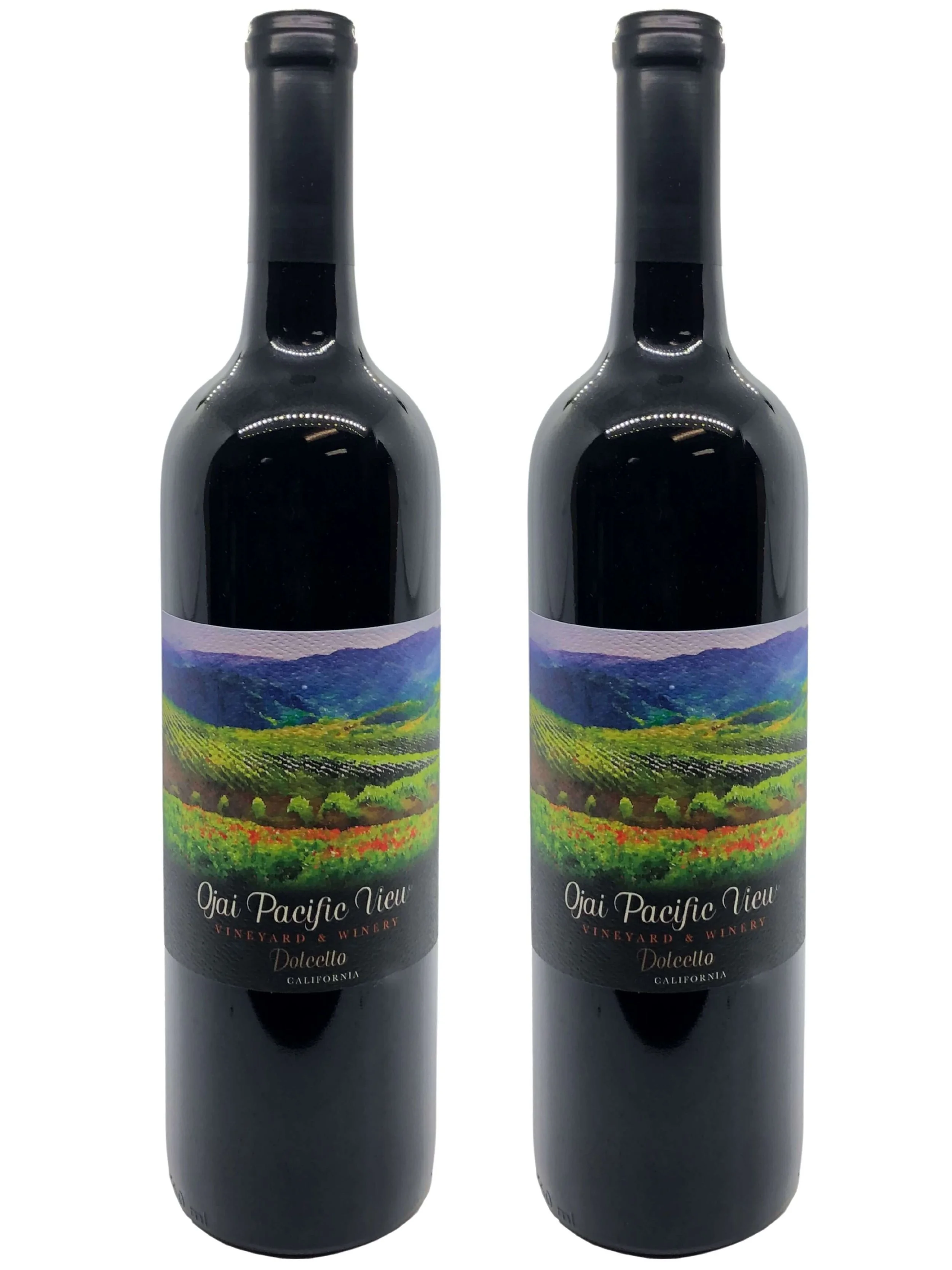New World Old World Dolcetto
The intriguing Italian grape, Dolcetto, offers surprising versatility. A Dolcetto wine can be enjoyed young and fresh, bursting with vivacious fruit flavors, or cellared for a more nuanced experience. It’s a great wine for everyday enjoyment, with a natural balance of acidity and tannins, making them easy to drink while also great with food, and appealing to a wide segment of dry wine drinkers.
Let’s embark on a global journey to explore Dolcetto's fascinating story. Whether you're a fan of classic old world wine or curious about the world of natural wines, Dolcetto has something to offer everyone. We're going to travel from one side of the world to the other to see how Dolcetto is loved on both sides of the Atlantic: from tradition in Piemonte Italy of Dogliani wine to a new chapter unfolding in a California wine.
In the Langhe in Italy…
Piemonte Northern Italy wine is known for its heritage of old world vineyards that produce some of the most sought after, age-worthy and enjoyable wines. Two of the best known areas in Piemonte are the slopes of Barolo DOCG (which stand for Denominazione di Origine Controllata e Garantita), the highest level of quality designation from the Italian government, which produces the noble Nebbiolo grape, and the slightly lower altitudes of Barbaresco DOCG, where beautiful Nebbiolo is also grown. Situated near the two powerhouse regions is the tiny commune area of Dogliani, a DOCG that is the birthplace of a special grape: dolcetto. In fact, dolcetto is the only grape used in the Dogliani DOCG. Dogliani is located in the Langhe area of the Cuneo province, an area nestled in between the Maritime Alps and the Apennine Mountains, with the Tanaro river running through it. It is in this special area, tucked directly under the ancient hills of Barolo, that we find the small production vineyard and winery of Aldo Clerico (read Aldo’s story in our previous article about him). Aldo’s dolcetto vines grow directly across a small road from the southernmost slopes of Barolo; therefore, they share the same rays of sunshine, the same sandstone, marl and chalky soils as Barolo wine. In addition, the Dogliani wine region and the Barolo wine region share the same cooling mist in the evenings from their proximity to the Maritime Alps and the moderating effects of the river Tanaro. You can call this the charmed micro climate of the very best red Italian wines of the north.
However, dolcetto has an advantage: it is a grape that ripens earlier in the growing season. This helps it to retain its fresh and lively flavors. In fact, it is meant to be enjoyed while still quite young. This means that Italian wine lovers do not have to wait the requisite time for Dolcetto wine compared to Barolo that needs to age. Barolo needs time for its tannins to soften and sufficiently integrate so its phenolic compounds develop interesting flavor and aroma characteristics, that only prolonged time in barrel and bottle can produce. Dolcetto, on the other hand, is beautifully awake and beaming with amble fruity and floral aromas soon after bottling. This is the reason that Dolcetto is the red table wine of choice in Piemonte.
Dolcetto grapes, on the vine.
As a multi generation winegrower from the Langhe, Aldo Clerico grows beautiful nebbiolo and other red varieties, in addition to dolcetto. As a newer vintage of Aldo’s Barolo rests and ages, developing complexity in the barrel, his most recent vintage of Dogliani is placed at the center of the family table and enjoyed with the evening pasta or charcuterie board for snacking: in fact, Dolcetto is often served alongside a platter of local salami, thin slices of prosciutto, and fresh cheeses, a common lunchtime meal on the patio in Northern Italy. It is truly a delicious, easy drinking red wine that is a perfect accompaniment for a casual meal or snack.
Dolcetto is a go-to bottle that many Italian wine enthusiasts have on hand for daily, light refreshment and food pairing. Aldo’s Dogliani is full of bright fruit forward flavors of red and dark cherry, red plum, bramble, licorice, red rose petals and lavender with a pleasant salty, bitter edge that is reminiscent of grilled radicchio and a finish of bitter almond. Dolcetto’s flavor profile is one of the the reasons it pairs so well with food; all of the bright fruit and slight bitter notes from the young red wine just enhance the sweet tomato, milky cheeses and rich meat flavors of traditional Italian meals.
Dolcetto meaning of ‘little sweet one’ refers to the grape itself, since when it is fully ripe it is small and plumb and filled with sweet flesh. Its skin is dark and thick and contains an interesting mixture of phenolic compounds and tannins. However, the wine created from the dolcetto berry is almost always vinified until it is completely dry; in other words, when the wine is bottled, it contains none of its original sugar content whatsoever. What we are left with is a red wine that has medium to high acidity as well as medium to high tannins and alcohol, promising a wine with a rounded mouthfeel. It has a wonderful alchemy of acidity and tannins, creating balance, structure and complexity; this is another reason why Aldo Clerico’s Dogliani goes so well with food.
Meanwhile on the Central Coast of California …
Ojai Pacific View Vineyard and Winery is a stunning 3,000 feet above the Pacific Ocean. It is located in the Sulphur Mountain Crest area of the Upper Ojai Valley. Their dolcetto vineyard looks out over serene rolling hills, studded with wildflowers in spring, and the glistening tides of the Pacific Ocean.
Ojai Pacific View’s owner, Patti Mitchell, is focused on Italian wine production, growing dolcetto, a variety she fell in love with while traveling in Piemonte and the Langhe where dolcetto is most famous. As Patti stated to Sheila Donohue, founder of Vero, “Make what you like to drink! I chose my variety (dolcetto) because I love to drink it.” Her grapes are grown from Piemontese vines grafted onto California rootstocks. Another beneficial factor for planting dolcetto in Ojai is that vineyards in Ojai hills share similar soil composition with the best growing areas of Piemonte: shale and limestone contribute to Dolcetto wine’s balanced fruity and savory character. The cool currents of the Pacific Ocean combined with heat from the desert to the east, create a strong diurnal shift, with cool mornings, warm & sunny afternoons, and cool & misty evenings; this allows the grapes to mature while retaining their bright fruit character.
The vineyard in Ojai was planted in 2011, but Patti’s first harvest did not take place until 2017. She wanted to give the vines time to establish and mature; as Patti herself puts it “Time to get old.” Indeed, Patti’s vines have benefited from her patience and wisdom. Her foresight is paying dividends for the winery and for fans of California grown Italian red wine. Patti’s vines produced a Double Gold winner for the vineyard’s 2020 Ojai Pacific View Dolcetto, from the International Women’s Wine Competition in Sonoma County, held in 2023.
The view from Ojai Pacific View, and instead of Alps in the distance there is the Pacific Ocean.
Flavors and aromas in this 2020 winning vintage are dominated by rich, dark and red fruit, like blackberry, dark cherry, strawberry, tart pomegranate and cranberry. The ruby color is pleasing too, with a penetrating core of purple. The color tells you so much about what to expect from the flavors in this California Dolcetto; it is captivating, like dancing rubies in the glass. There are plenty of grippy tannins here too, much more than typical for this varietal.
Technically, if you wanted to age Ojai Pacific View Dolcetto you can. This wine has the tannic structure for aging, but you would be taking a chance on sacrificing its best attribute which is its abundance of dark fruit and its moderate, yet pert, acidity. Dolcetto is simply meant to be enjoyed young and fresh. All you need to do to bring this wine to life is to open the bottle and pour into your glass- it springs to life for you!
Patti’s California Dolcetto is the kind of wine you want to take outdoors and enjoy in the glow of family, friends and good food - perhaps under twinkling patio lights or even by a warming, crackly fire. Or, if you are lucky with views of the sparkling Pacific Ocean in the background.
Ojai Pacific View’s Dolcetto shows depth and structure due to the beneficial conditions of the vineyard site, very similar to Aldo Clerico in Piemonte. When tasting Ojai Pacific View Dolcetto, you benefit from Patti’s wisdom, foresight and restraint which went from dream to reality as she started her winery, her dolcetto vineyard and crafted her California Dolcetto wine.
Ojai Pacific View’s Dolcetto has won multiple awards and gold medals across vintages.
Ready to Taste These New World / Old World Dolcettos?
Taste and compare Aldo Clerico’s Old World Dolcetto and this New World Dolcetto which we sell to businesses and consumers across the US:
Interested in distributing our small production, hard-to-find wines? Reach out to us.
We sell to wine stores and restaurants in certain states - contact us to find out where.
For you wine lovers out there, Ojai Pacific View’s Dolcetto is available in our online shop in a Three Vintage Flight Set, with shipping included for your entire order. Add on a bottle of Aldo Clerico’s Dogliani Dolcetto and compare and contrast the beauty of New World Old World Dolcettos;
We also have great wine gifts, and award winning wine club for true wine explorers seeking to continually discover unique, sustainable and authentic small production wines they never had.
We do corporate gifts & sommelier guided wine tastings. Email us and we’ll tailor unique and sustainable corporate gifts.
Written by Cassandra Fisher.






